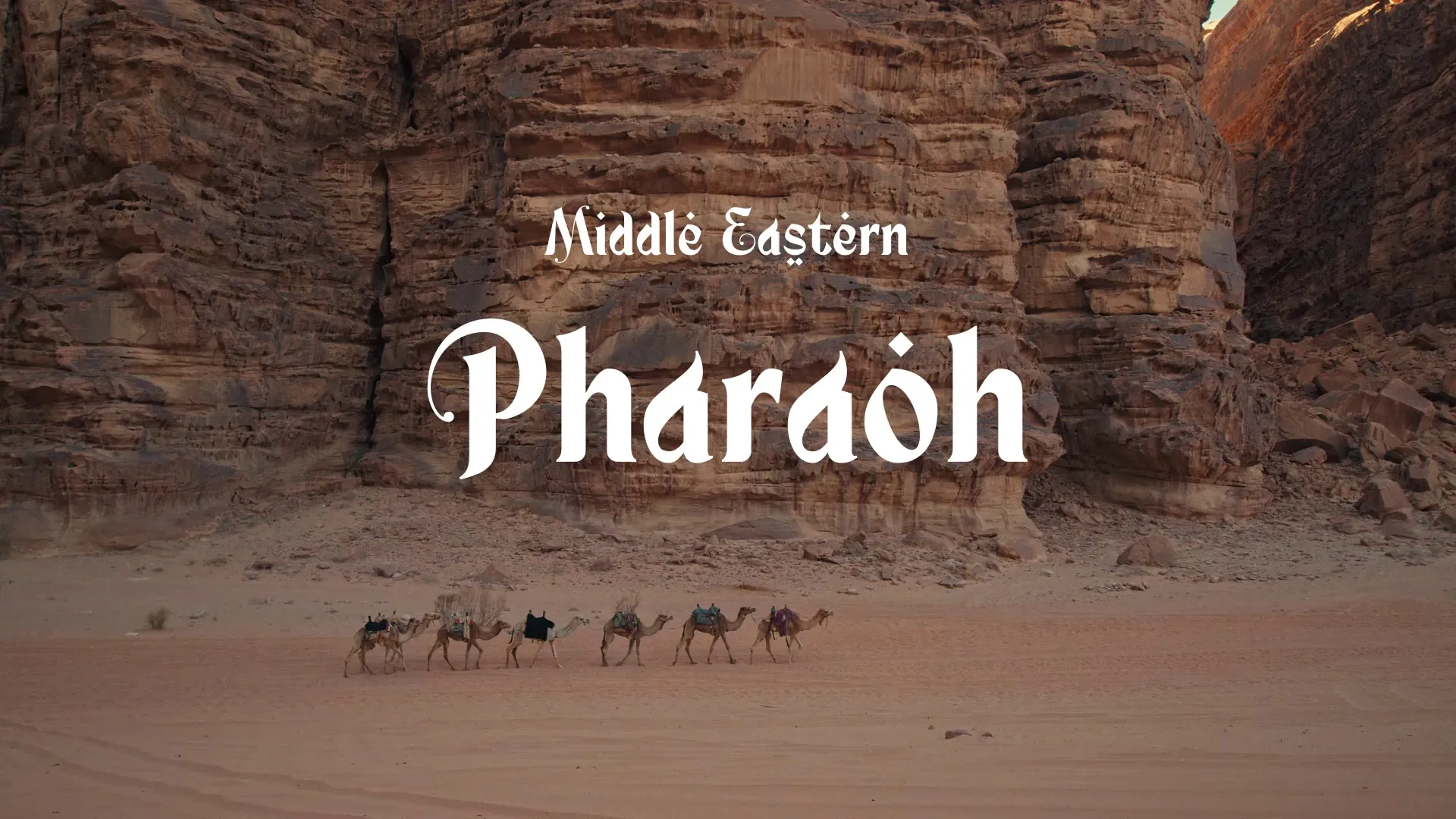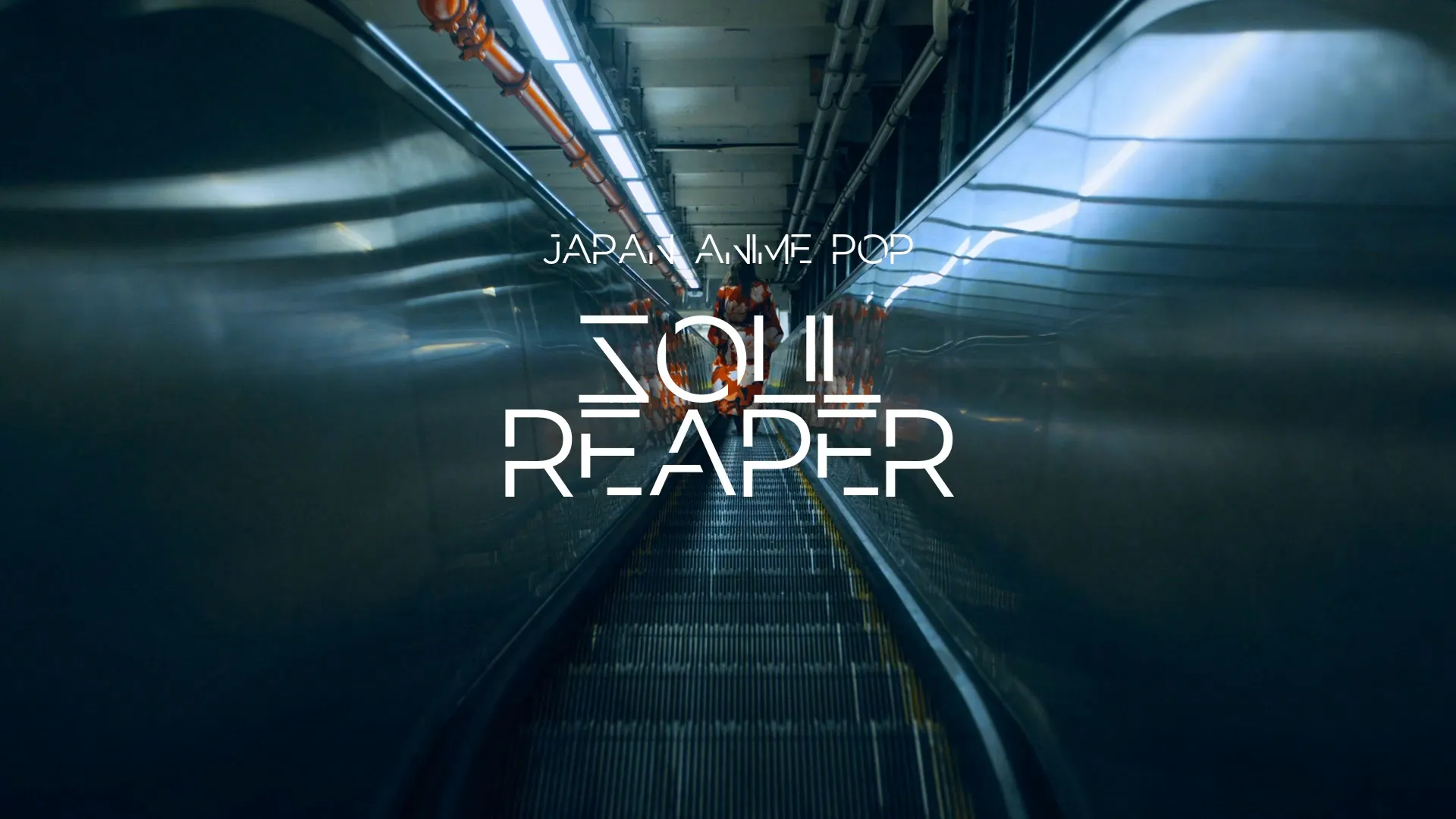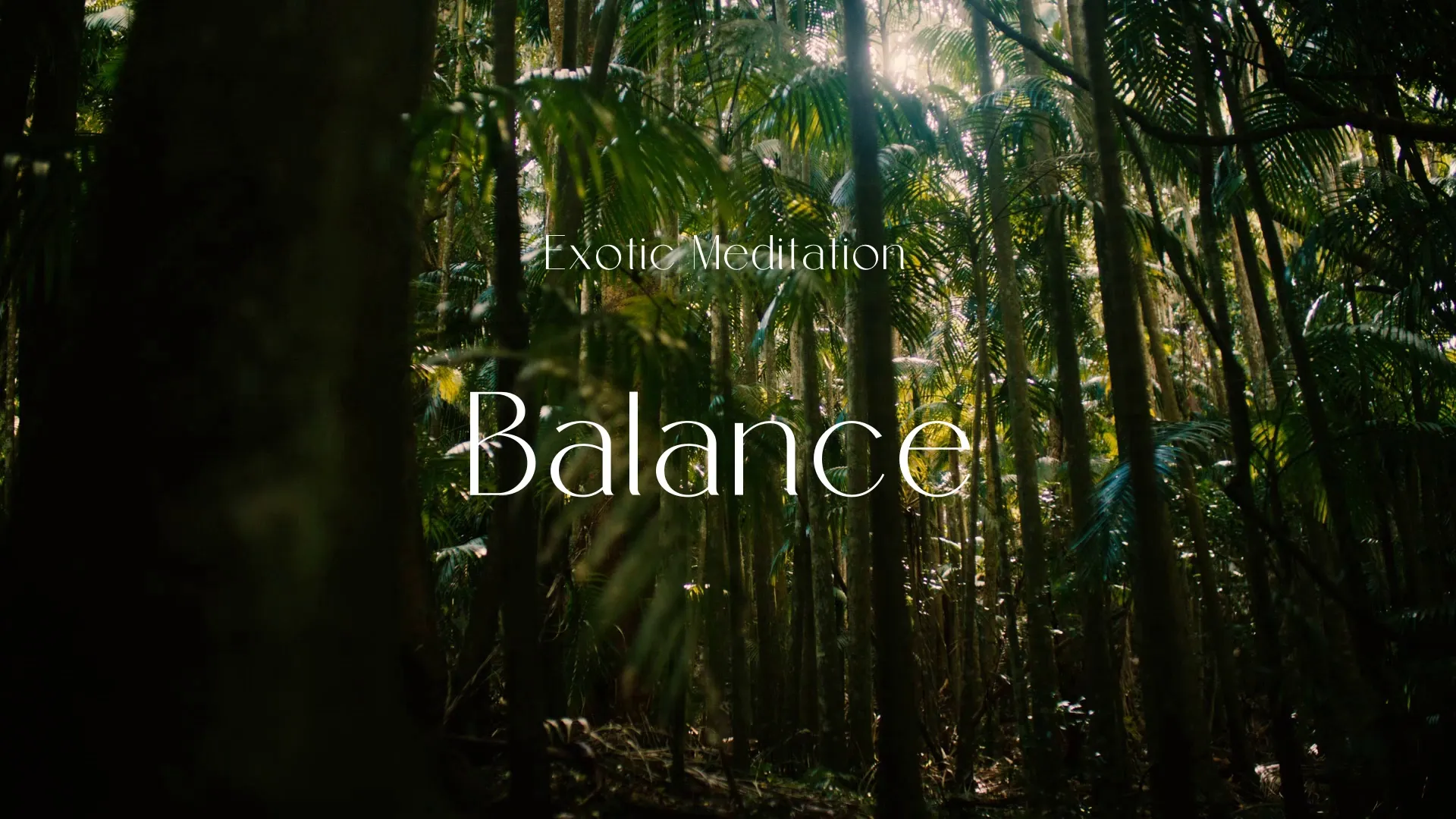The Rise of the AI Co-Pilot: Ushering in a New Renaissance of Human-Machine Synergy
The world is on the cusp of a new Renaissance, driven not by the rediscovery of classical texts, but by the emergence of intelligent artificial entities. These are not the cold, calculating automatons of science fiction lore, but collaborative partners poised to redefine creativity and problem-solving across all disciplines. Prepare to witness a paradigm shift, as the rise of the AI co-pilot heralds an era of unprecedented human-machine synergy.
The Dawn of Collaborative Intelligence
Imagine a master sculptor working alongside a digital apprentice, capable of suggesting optimal material usage, predicting structural weaknesses, and even generating alternative design iterations in real-time. This is not a futuristic fantasy; it is the present reality enabled by AI co-pilots. These sophisticated systems, trained on vast datasets and equipped with advanced analytical capabilities, are evolving beyond simple task automation.
They are becoming genuine collaborators, augmenting human intellect and unlocking new frontiers of innovation. This is fundamentally changing the dynamics of work and creativity, moving us beyond the limitations of individual expertise.
From Automaton to Ally: The Evolving Role of AI
Historically, AI has been viewed as a tool for automation, a means of replacing human labor with machines capable of performing repetitive tasks with greater efficiency. This narrow perspective, however, overlooks the transformative potential of AI as a creative partner. The rise of AI co-pilots signifies a paradigm shift, moving away from this automation-centric view.
They are increasingly designed to work alongside humans, amplifying our abilities and facilitating collaborative problem-solving. Just as a skilled navigator guides a ship through treacherous waters, AI co-pilots can help us navigate complex data landscapes and identify novel solutions to pressing challenges.
Unleashing Creative Potential: AI as a Muse
Consider the challenges faced by architects striving to design sustainable and aesthetically pleasing structures. Traditional methods often involve laborious manual calculations and limited exploration of design possibilities. AI co-pilots, however, can revolutionize this process by rapidly generating and evaluating countless design options, optimizing for factors such as energy efficiency, material costs, and structural integrity.
This allows architects to focus on the artistic and humanistic aspects of their craft, knowing that the technical details are being handled by a reliable and intelligent partner. The AI thus becomes a digital muse, inspiring new forms and pushing the boundaries of architectural innovation.
Navigating the Labyrinth: Problem-Solving with AI
The complexities of modern scientific research often resemble a vast labyrinth, with countless pathways and dead ends. Scientists frequently grapple with massive datasets, intricate simulations, and the daunting task of identifying meaningful patterns and correlations. AI co-pilots can act as digital Ariadnes, providing researchers with the threads needed to navigate this labyrinthine complexity.
These systems can analyze data at speeds and scales far exceeding human capabilities, uncovering hidden relationships and generating testable hypotheses. This accelerates the pace of scientific discovery and empowers researchers to tackle previously intractable problems.
The Perils and Pitfalls: Avoiding Common Mistakes
While the potential benefits of AI co-pilots are immense, their adoption is not without its challenges. One common pitfall is over-reliance on AI-generated insights without critical human evaluation. Remember, AI is a tool, not a replacement for human judgment.
Another challenge lies in the “black box” nature of some AI algorithms, making it difficult to understand the reasoning behind their recommendations. Developers must prioritize transparency and explainability in AI systems to ensure that users can trust and effectively utilize their insights. Failing to validate assumptions is another mistake.
The Future of Collaboration: A Symbiotic Partnership
The future of work and creativity lies in the symbiotic partnership between humans and AI co-pilots. This is not a dystopian vision of machines supplanting human intelligence, but a utopian vision of augmented creativity and enhanced problem-solving. By embracing AI as a collaborative partner, we can unlock new levels of efficiency, innovation, and personalized experiences.
Consider the field of personalized medicine, where AI co-pilots can analyze individual patient data to recommend tailored treatment plans. Or imagine the possibilities in education, where AI tutors can provide personalized learning experiences optimized for each student’s unique needs and learning style.
Create a free account, or log in.
Gain access to free articles, game development tools, and game assets.
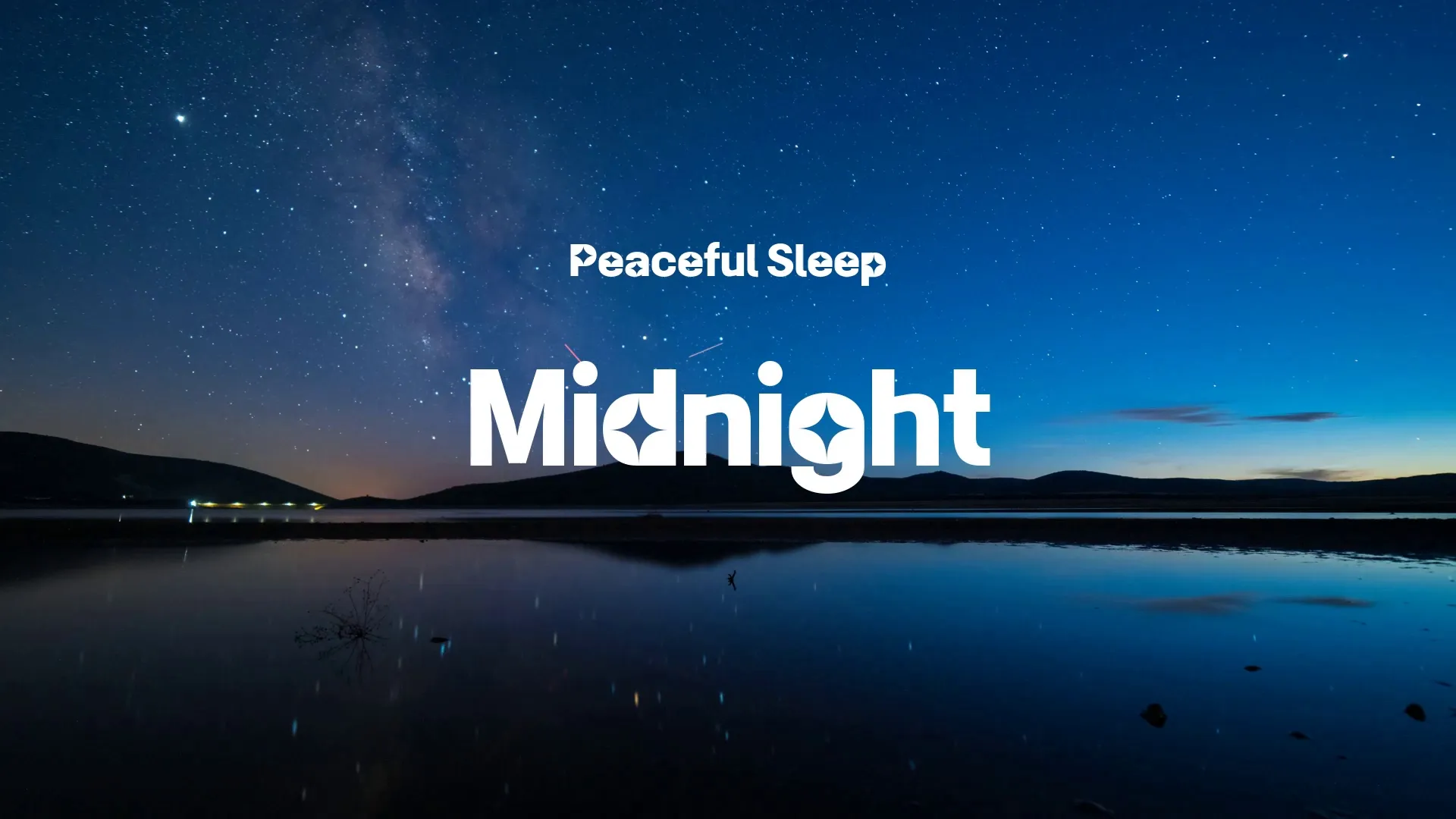



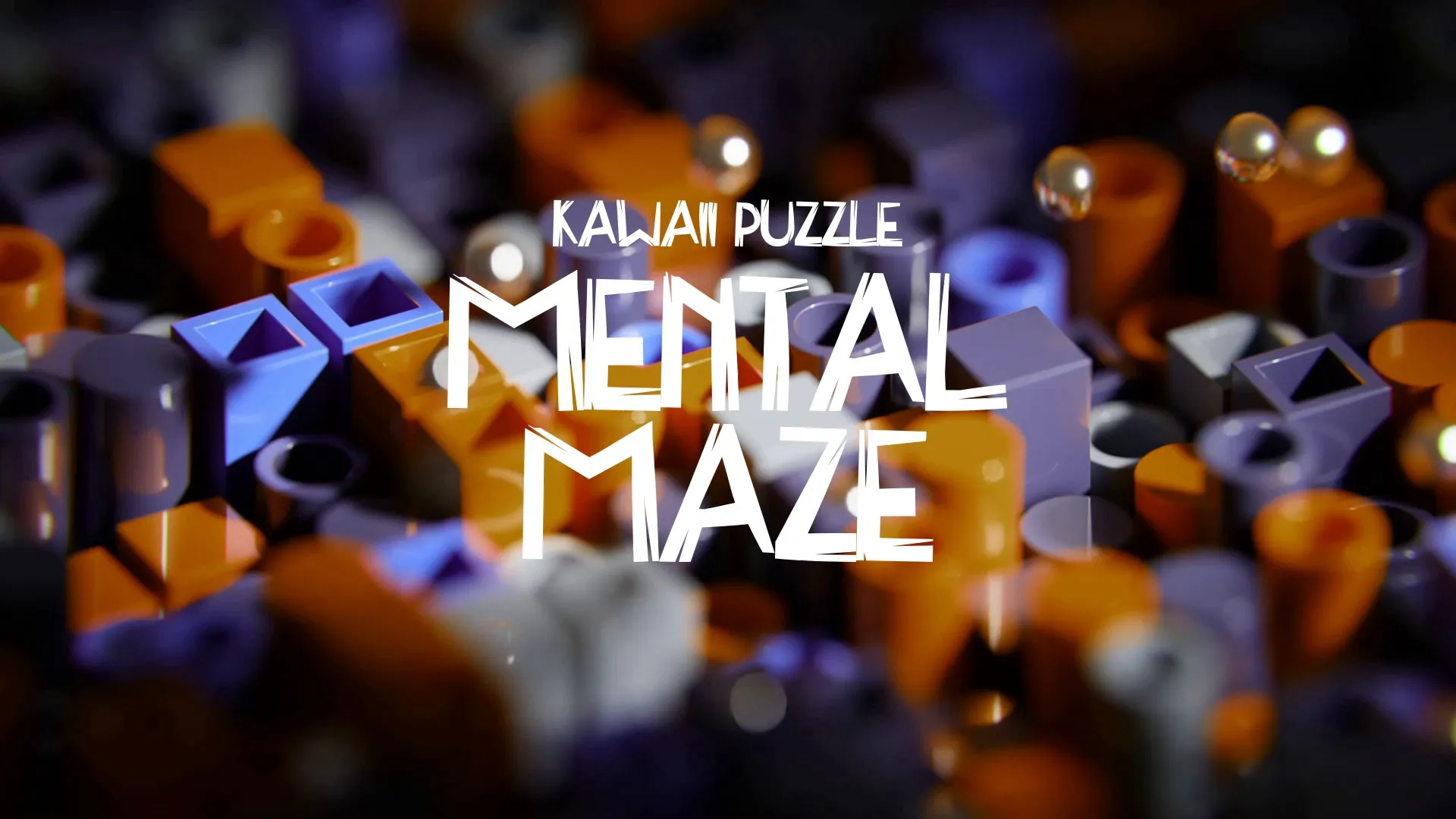


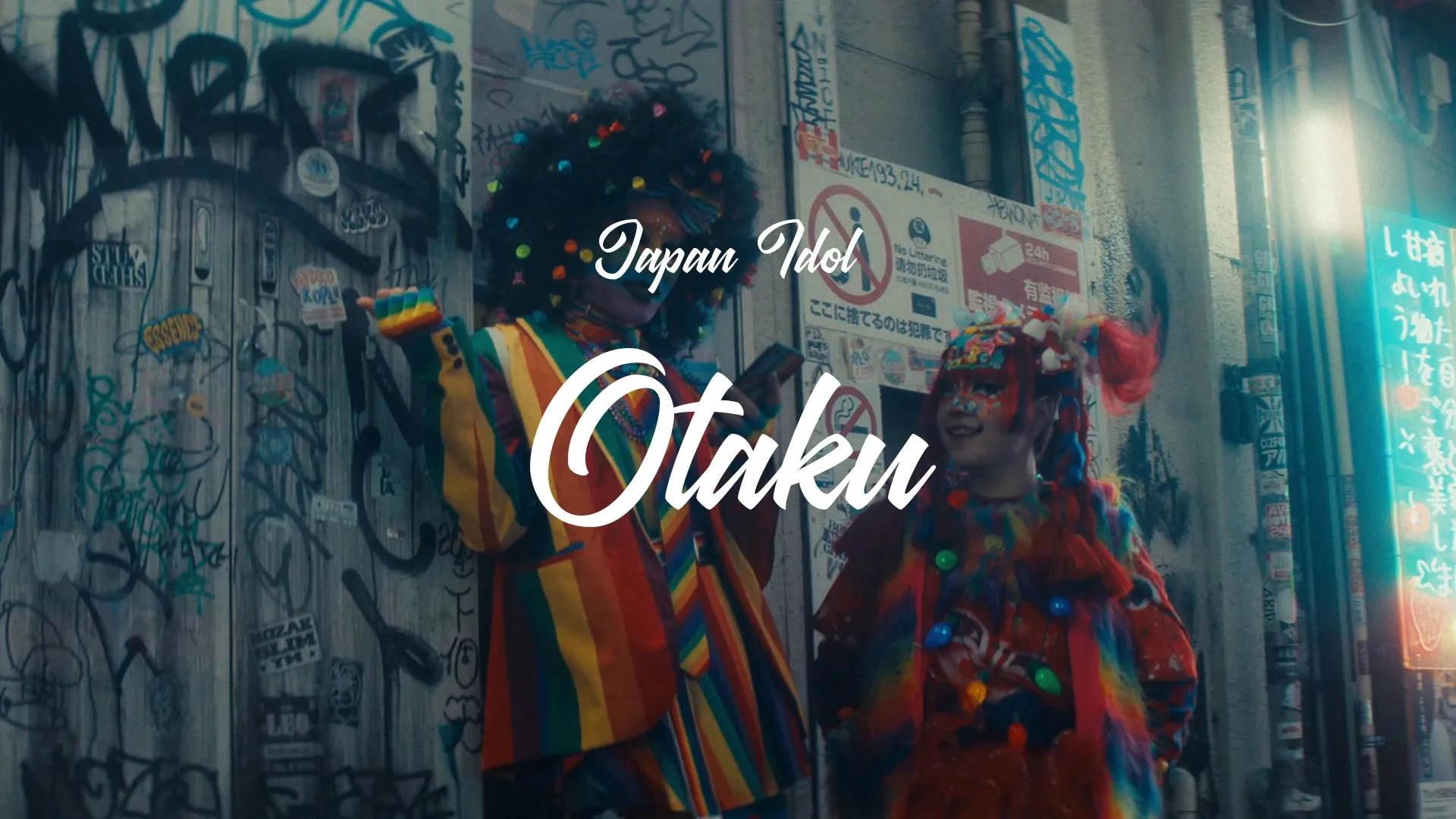




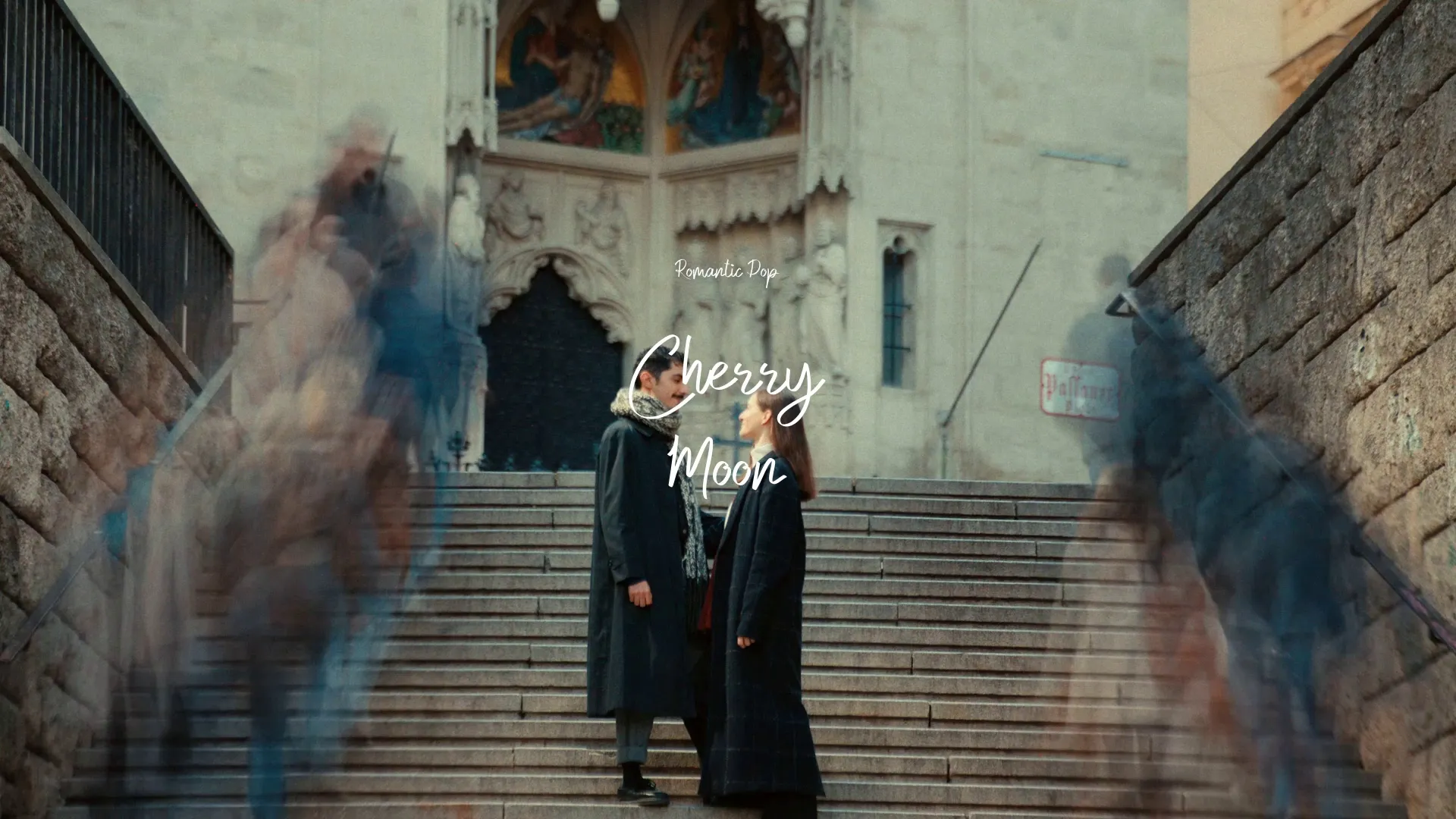
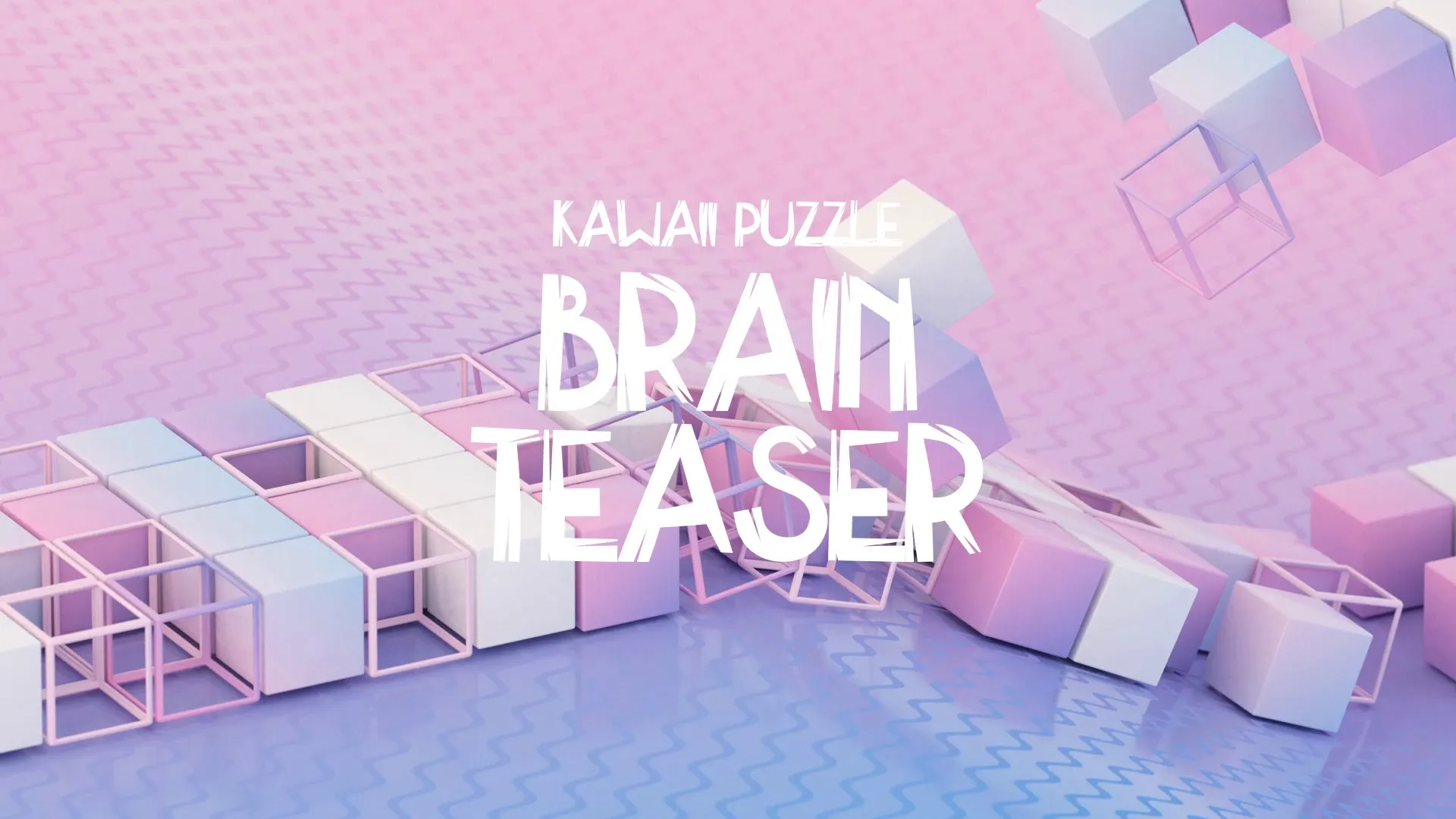

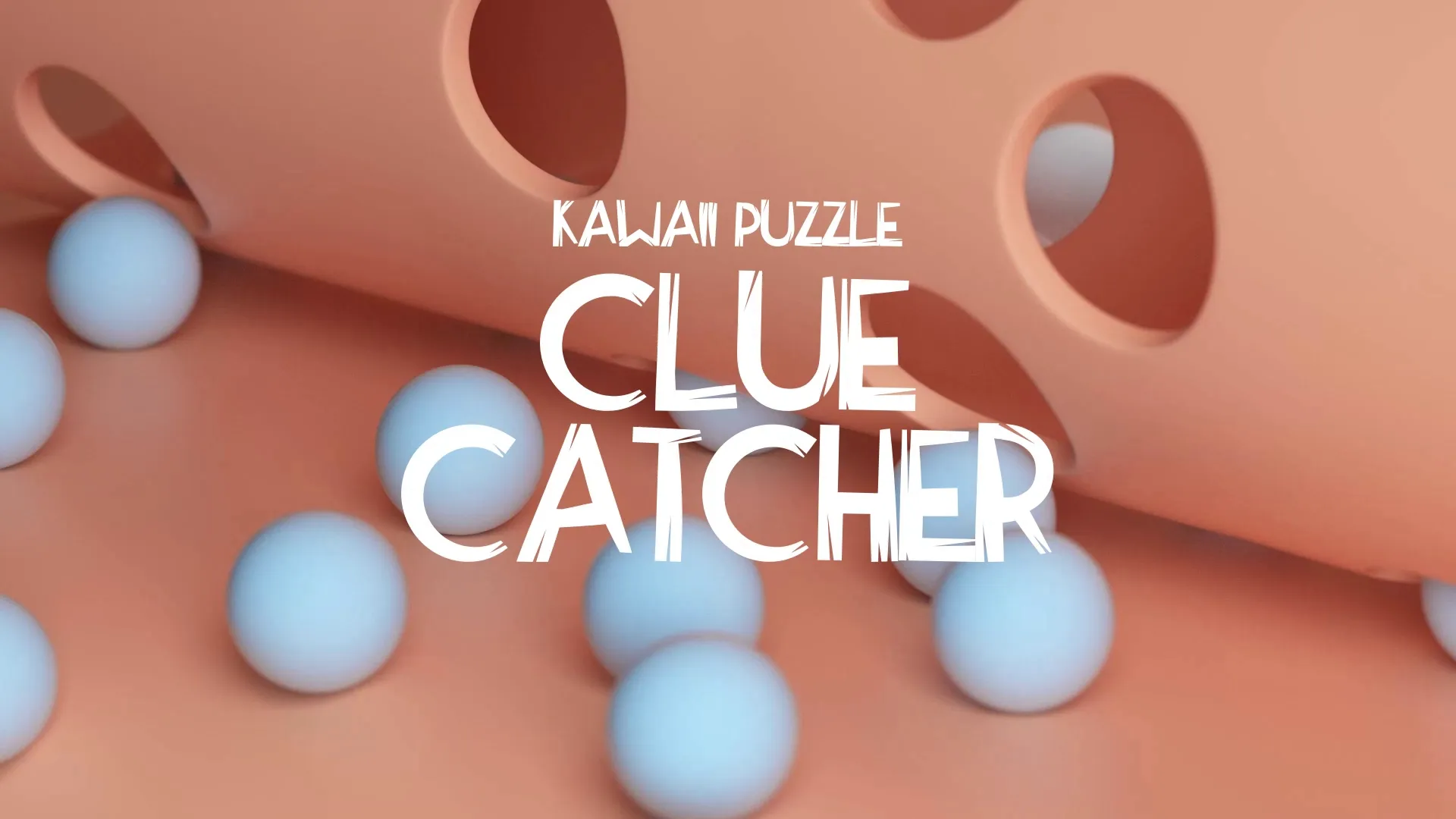


.webp)
